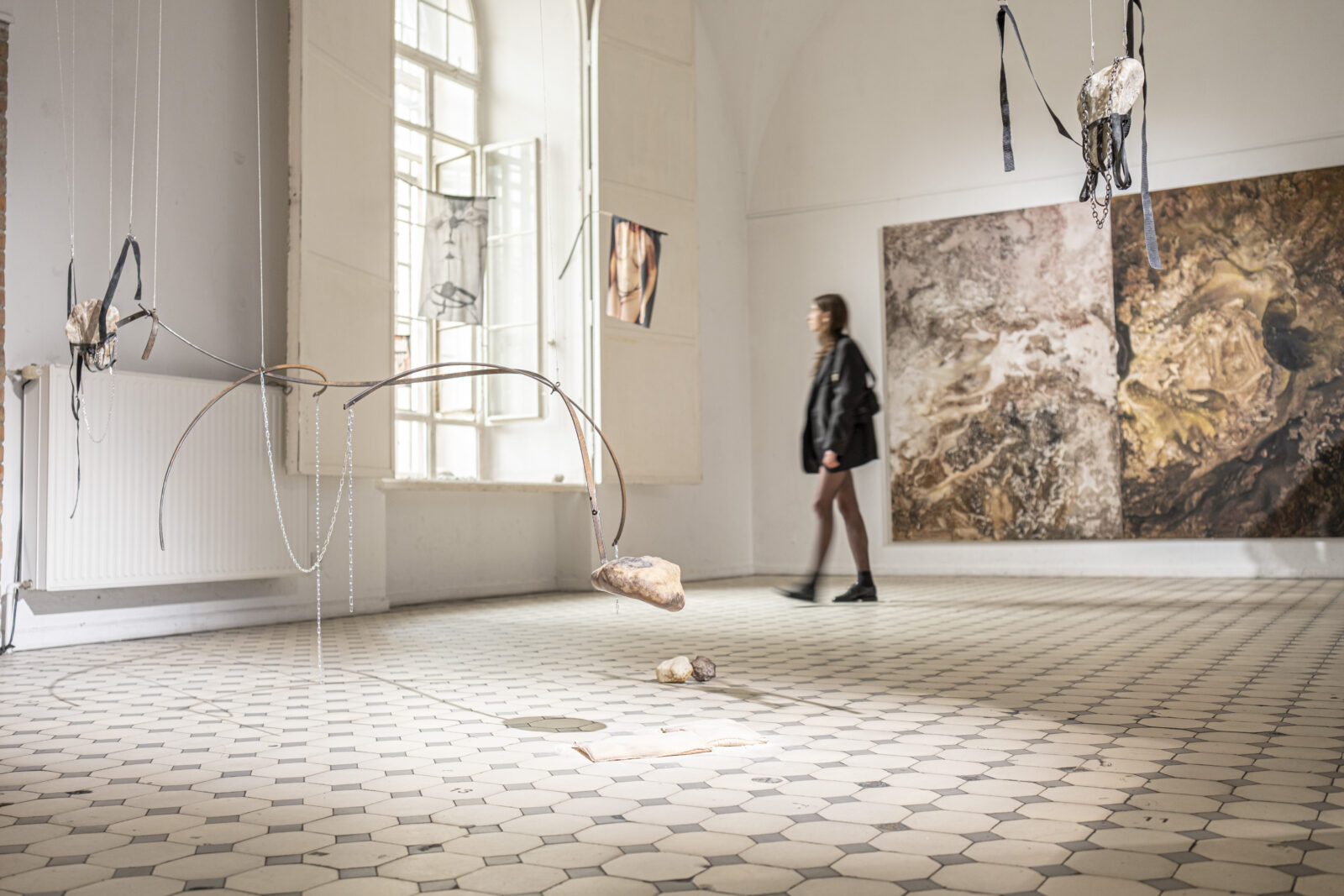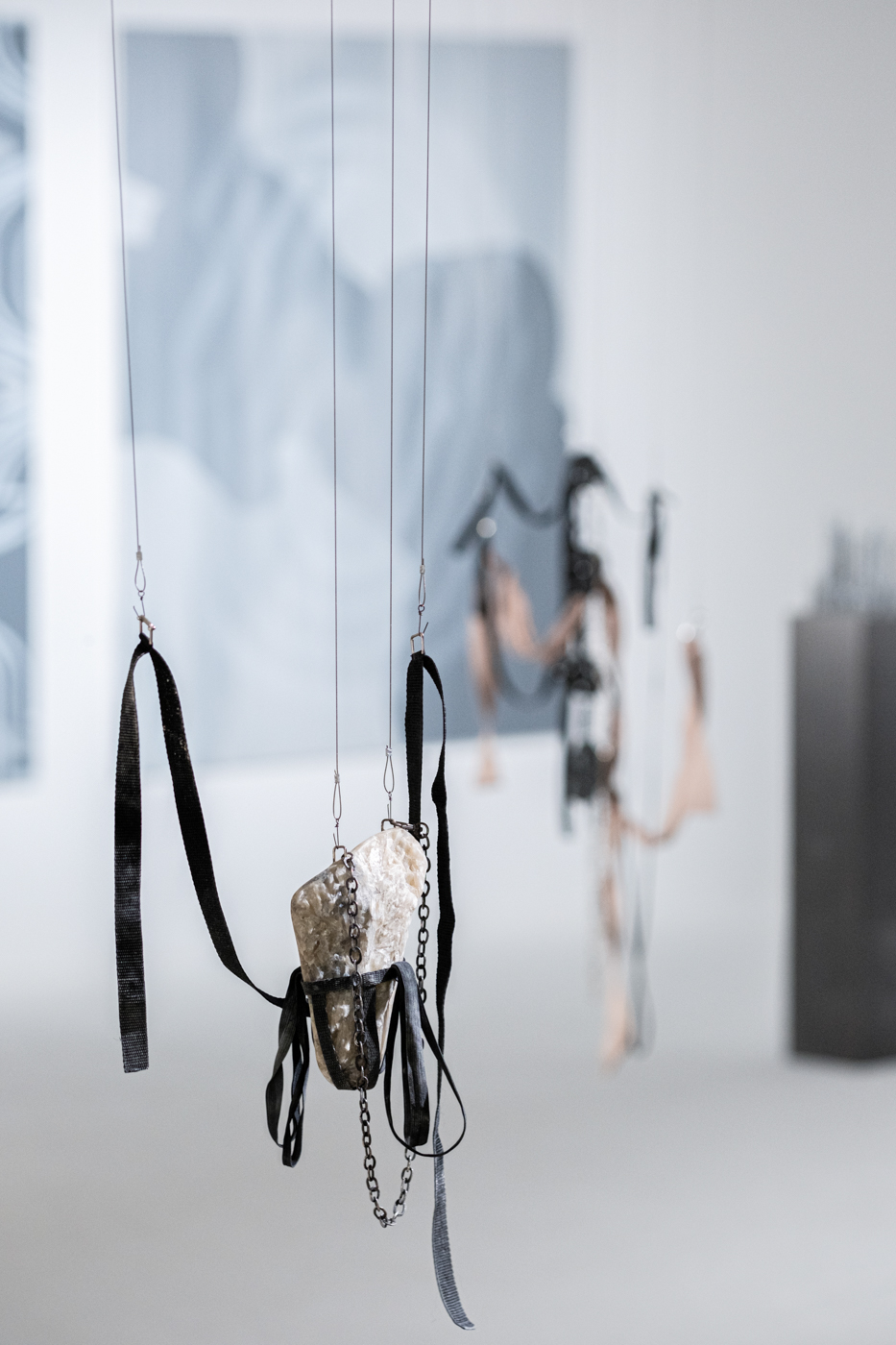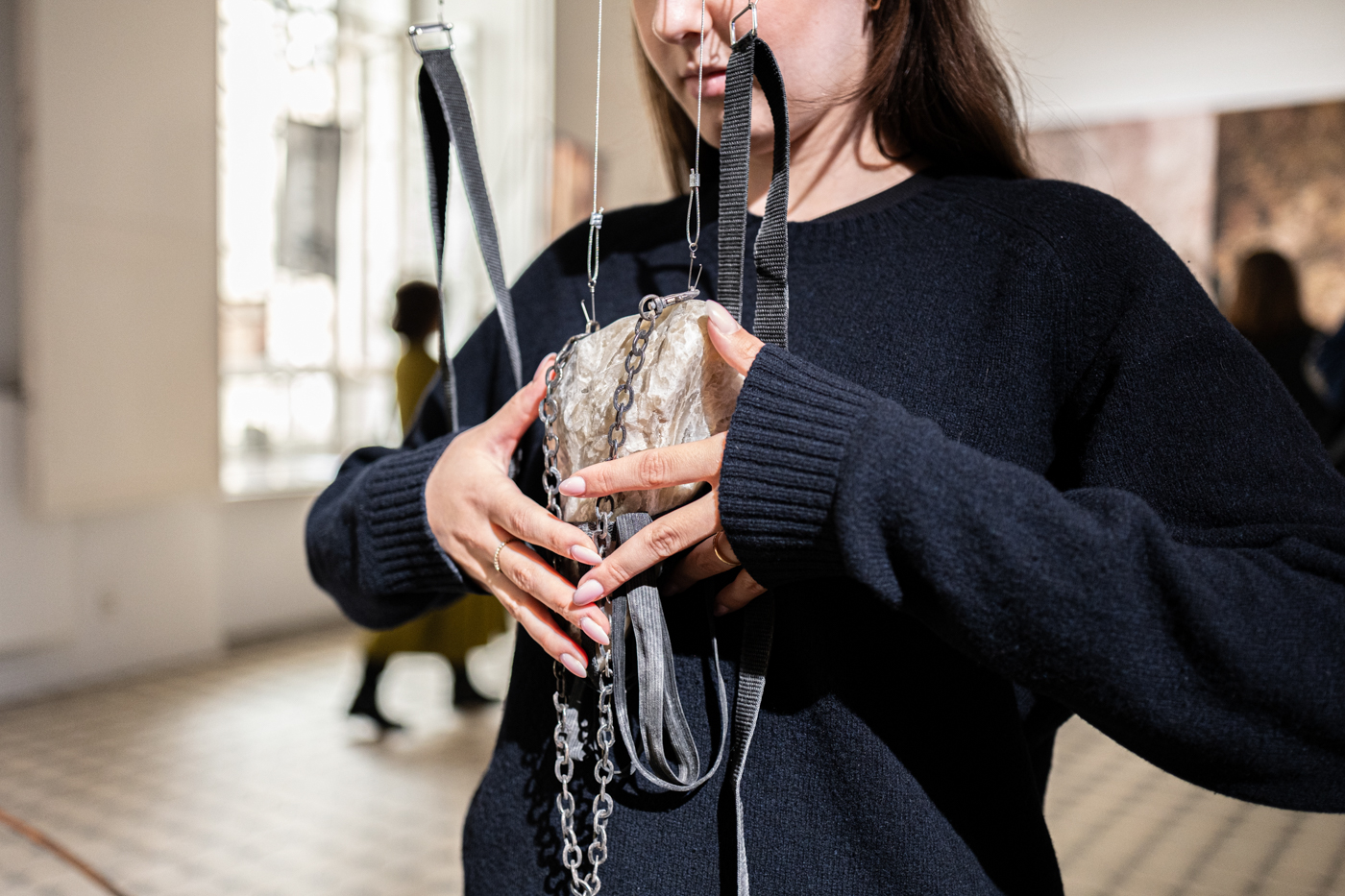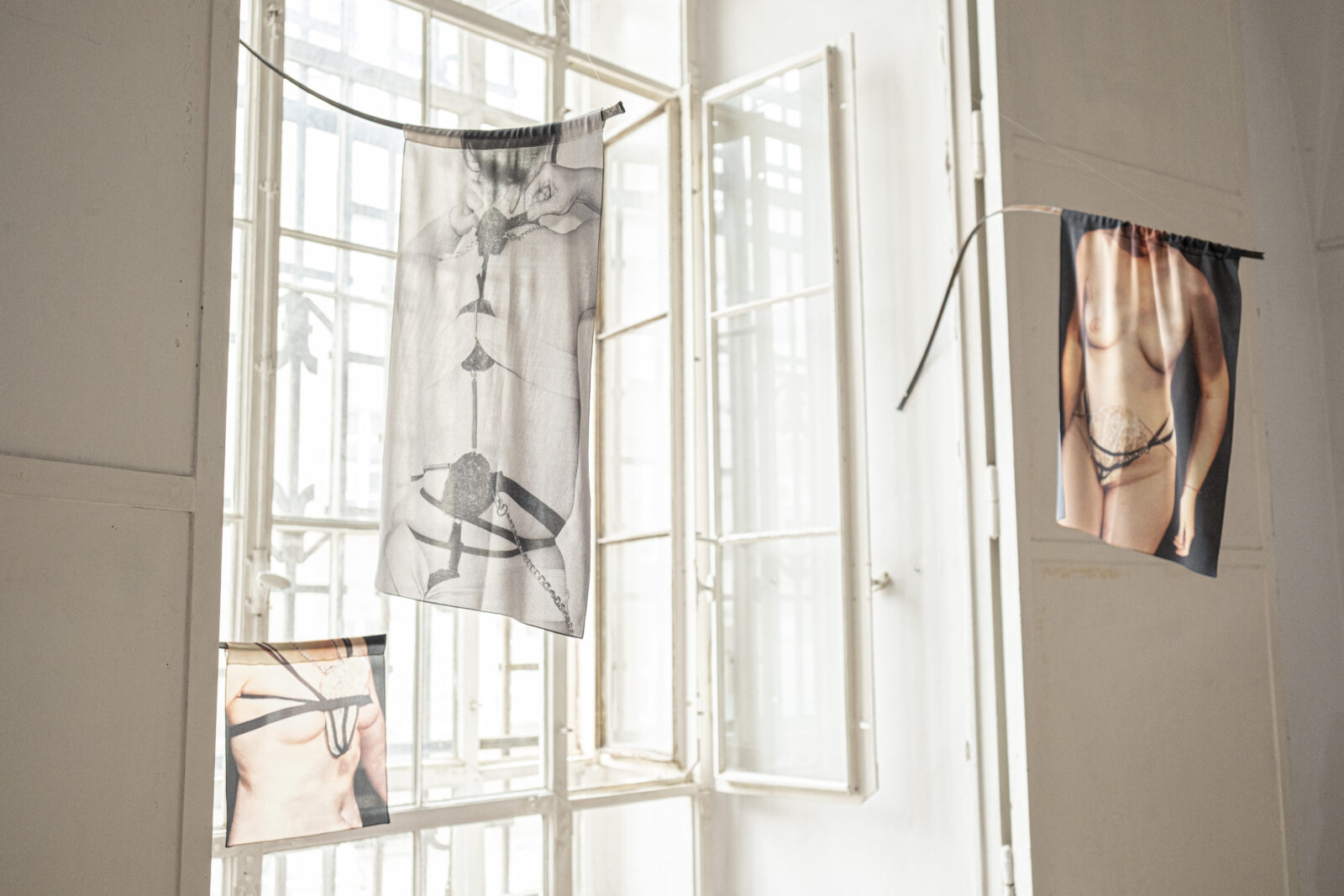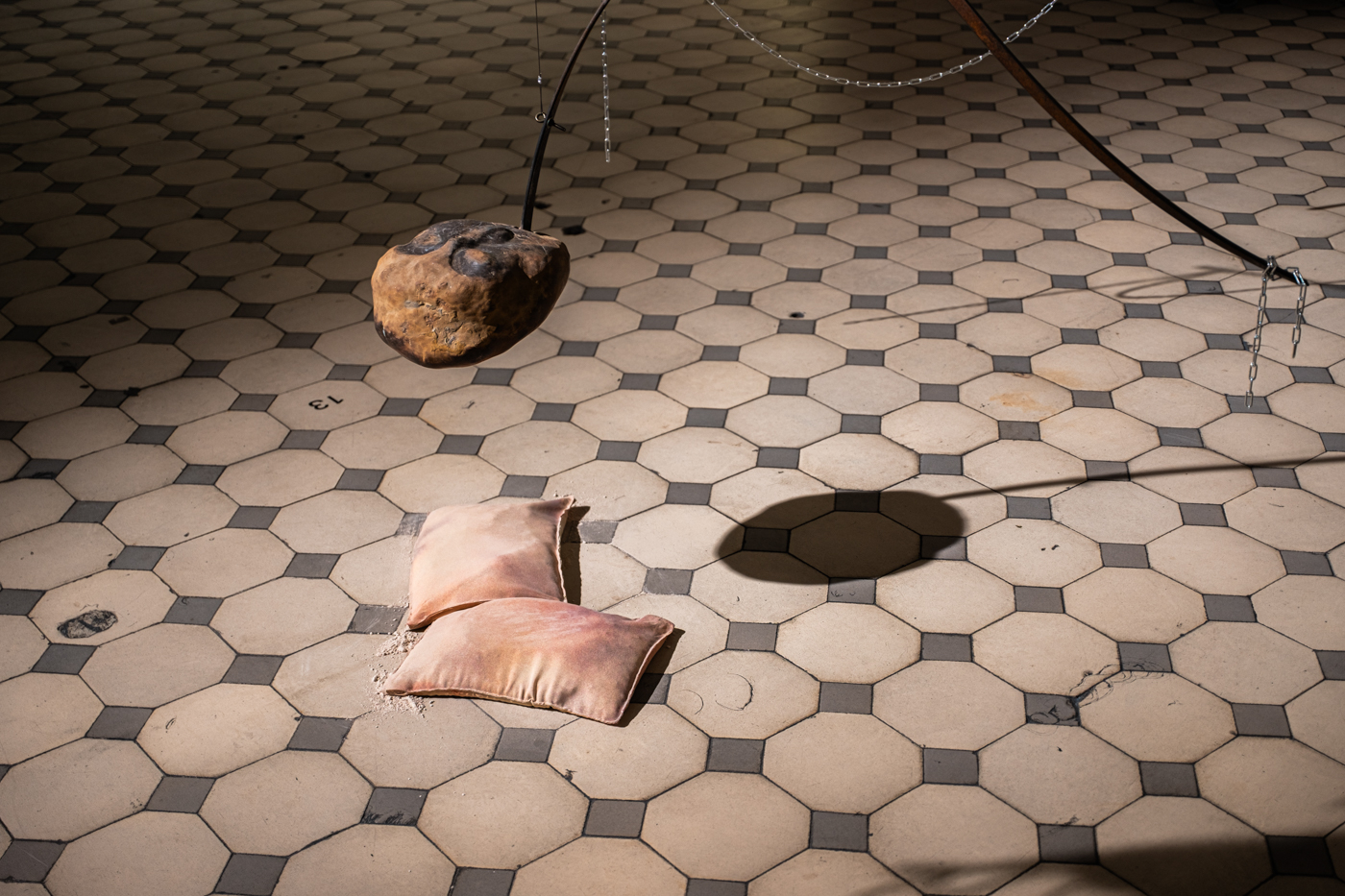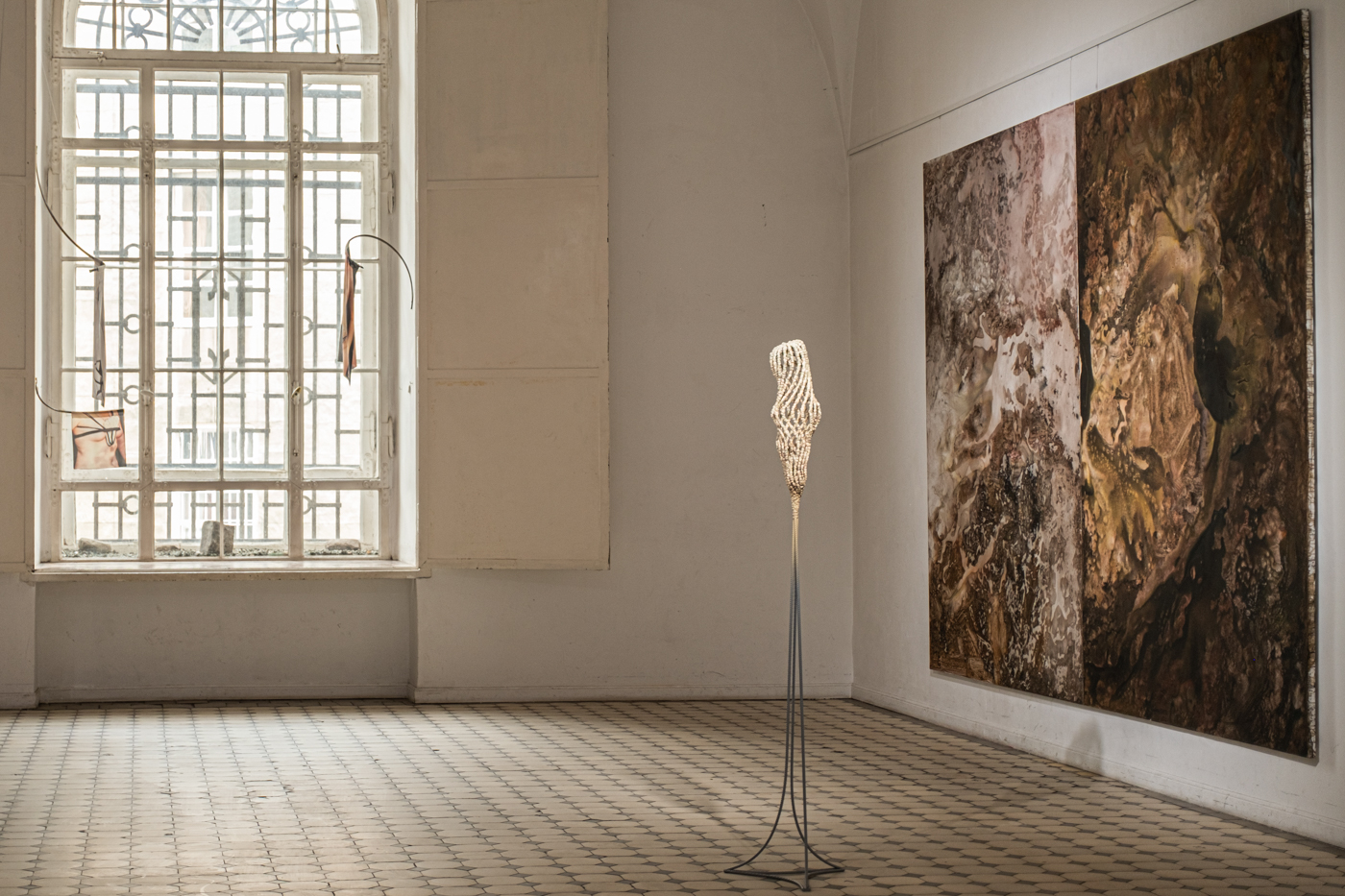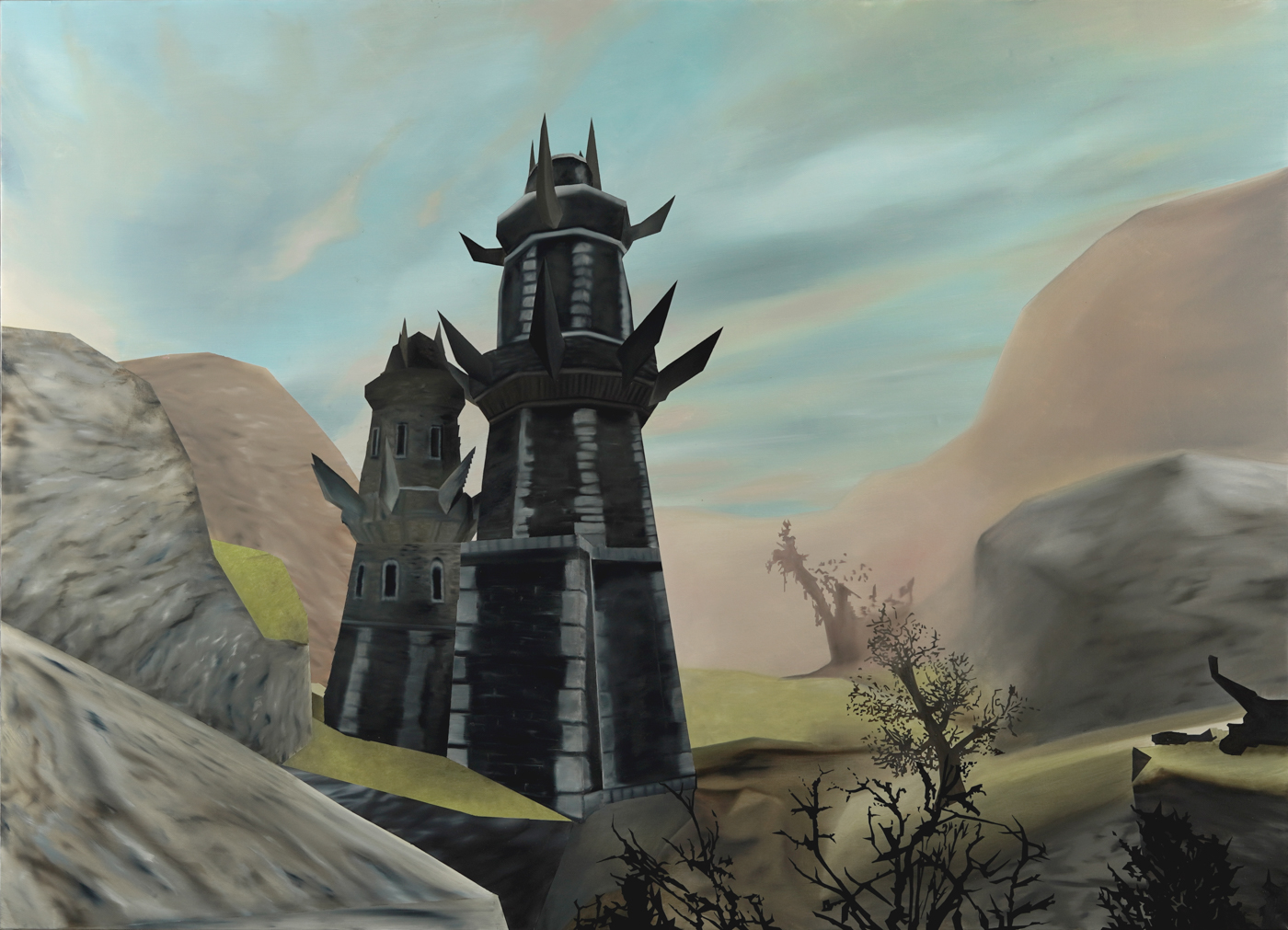It is estimated that digital methods of storing data on external drives or in virtual clouds will allow it to be safely archived for a few decades at most. There are many factors that threaten data permanence, and yet few alternatives are available, which means that as technology users we become slaves to our own devices and their capacity. We almost believe that by expanding the cloud we are expanding the capacity of our personal memory. Today, human memory is stored, represented and communicated through various media. It is no longer just the subjective experience of an individual, but also a reflection affected by external factors such as technology, literature, art or digital media. Memories are becoming inextricably linked to the media used to archive and communicate them. As sensory memory is increasingly integrated with virtual memory, the human relationship with technology becomes more and more complex, not least due to its significant influence on how we remember and share our impressions. The featured works address all of these problems, posing questions about their impact on our everyday functioning, seeking sustainable ways of archiving data and exploring the relationship between how devices work and how we remember. As the world accelerates due to the increasing speed of computers and their computing power, the space on our hard drives seems to be shrinking.
In our search for the most permanent methods of storing contents, ones that will last not just years but millennia, we may think of both incredibly simple solutions, such as carving information into stone (as did the ancient Mesopotamians, Egyptians or Greeks), and cutting-edge approaches, such as quartz crystals (5D storage). Other ideas involve time capsules, e.g. the Arctic World Archive on Spitsbergen in Norway, or solutions based on what we have in our bodies – our DNA records. Some of these are addressed by the featured artists, who question the changing approaches to recording and storing one’s private memories. Iza Opiełka in her most recent works encodes the patterns and pitfalls of doom scrolling, which blends colourful ads, the latest news on the economic and political situation, and deep fakes into a stimulating pulp. The artist is particularly interested in the phenomenon of memory distortion by algorithmic processes, especially in social networks. Mariusz Maślanka‘s Sleepwalking sculptures, on the other hand, were inspired by a sleep monitoring app that enables observations of conscious and unconscious memory, thus linking technology and body. By taking photographs of his own footprints in the snow, the artist composed a permanent, rhythmic sequence of steps used to recreate fleeting traces in a physical form, triggering associations with the shape of a sound wave, an activity graph or a data chart.
When talking about ways of preserving memory, we mustn’t ignore the importance of the spiritual side – the idea of inheriting and passing on not only information and knowledge, but also traditions, symbols and customs. In an attempt to capture and “immortalise” the presence of our deceased ancestors, we use platforms such as Deep Nostalgia AI, which is capable of “reviving” old photographs by generating realistic videos. Digital forms of remembrance are increasingly replacing analogue ones, although the latter are still the most common, accompanying us in our daily lives in various forms, for example as rings passed down from one generation to another. Identity in relation to memory is the subject of Barbara Żłobińska’s latest work, in which the artist looks at the aesthetics of mass-produced jewellery and finds in it an element of contact with fragile nature. Her clusters of flowers are supported by structural elements that are unwanted waste in industrial production. They are not just intimate mementoes, but reflect a complex relationship with local history and the environment.
One of the characteristics of the age of information overload is that we are constantly photographing our surroundings. Such overproduction and ceaseless consumption of images often results in beautiful things becoming ordinary and all-too-familiar. Untitled 12 by Radek Brousil is one photograph and four different ways of physically manipulating the print, so that a different part of the image appears each time. Referring to post-photographic practices, the work is a symbolic link to a new series of paintings dedicated to the politics of time. Both works question the memory of the material by undermining the medium of photography as a means of recording and fixing images. In his photographic transfers, the artist blends the print with the medium of painting, using oil paint to create a unified record that embodies an archive of broken clocks in public places. What we see, however, are extreme close-ups in which the mechanism of the hands takes on an almost organic form. Brousil challenges the idea of linear time by deforming, stretching or shortening it, thus preserving the useless and embedding his paintings in the ever-changing present.
Further away from virtual methods of data storage and closer to our bodies, there are biological-genetic solutions. Natural DNA has survived for thousands of years, while modern experiments show that synthetic DNA can store data for up to hundreds of thousands of years. In his organic-abstract sculptures, Miłosz Flis alludes to a futuristic yet functional method of data recording that is considered to be extremely durable and capacious. As he explores futuristic corporealities, Flis creates forms that are analogue visualisations of the process of digital generation of random shapes. While the Chewing Gum Form Generator represents an organic archive of the artist’s DNA producing further micro-bodies, its scaled-up structures (Lying and Twisted) mimic factory-made units.
In his search for the world’s most comprehensive archive, Bezimienny creates a vision of a historical place that has never existed. His landscape depicts the tower of the necromancer Xardas, which houses a library of secret books and manuscripts. The mysterious, angular landscape, taken from the iconic RPG series Gothic, is reminiscent of the Library of Babel in the short story by Jorge Luis Borges. Made up of infinite geometric rooms on a hexagonal plan, its collections contain all knowledge and every possible combination of letters. Most of them are completely chaotic and meaningless texts, but amongst them are all the works written and yet to be written.
The aforementioned most durable method of recording information* serves as the epilogue of the exhibition. In Wiktoria’s sculptures and Paweł Baśnik’s painting, stone, the a crumb of earth, becomes the most persistent observer, ready to take in any human trace. Everything that happens in the cloud, though seemingly “intangible,” has its physical reflection in reality – in the form of servers, infrastructure and resources that consume energy and create a carbon footprint. Wiktoria’s Imprint Sculptures have been inspired by ecosexual practices. Activated during sensory encounters, the performative objects are tools enabling us to get physically closer to nature through communion and touch, by strengthening mental and spiritual connections. The closeness of skin and stone, resulting from the firm attachment of the sculptures to the body, causes the work to “become” anew with each successive contact. The salutary properties of stone bring comfort in a time of increasing overstimulation, when the body is alerting us to inner discomfort and tension. In Wiktoria’s works, the contact between nature and human-made infrastructure is re-established – the elements of the metal structures used by the artist are fragments of underwater pipelines in the English Channel and North Sea. Responding to the growing need to escape from the digital world into nature, her sculptures are not only historical objects straight from the earth’s interior, but contemporary healing amulets creating a space for contact. Paweł Baśnik, exploring the anxieties of the late Anthropocene, draws on the dilemmas of the digital age to create visions of an order yet to come. Using analogies to ancient motifs, he sees history repeating itself in a new, hybrid form, which integrates artificial intelligence with reality, fragmenting specific definitions of the world around us. Old figurative narratives about the Apocalypse have led the artist to abstract, archaeological explorations. His large-scale abstraction, which triggers associations with geological structures, pays homage to the primal drive of memory, materialising the power of nature, its wounds and how much more it can take.
* “Although it’s a primitive method, stone plaques can last for thousands of years as long as they are protected from the elements. Stone has great durability, but its capacity is of course limited.” (quoted after ChatGPT chat)
curator: Natalia Barczyńska
The event will be accompanied by a performance titled If I was a stone, I would wear myself by Jagna Nawrocka and Bartosz Jakubowski in a somatic dialogue with sculptures by Wiktoria.



